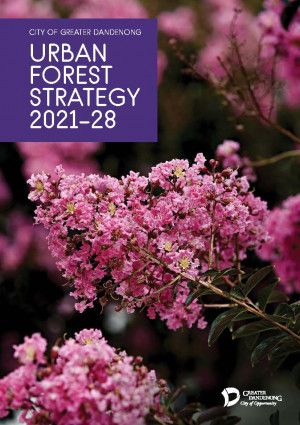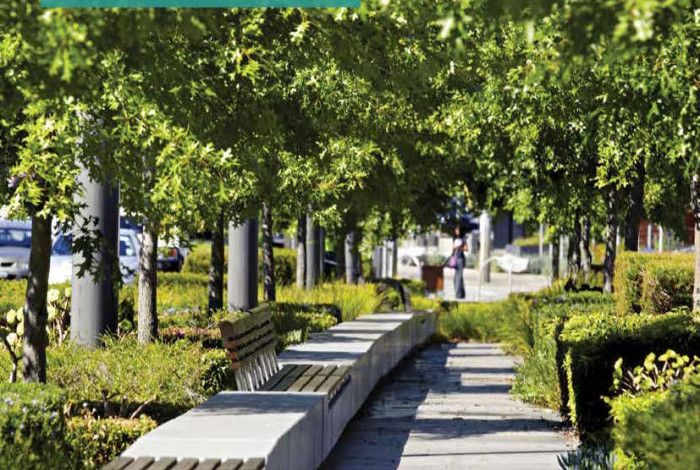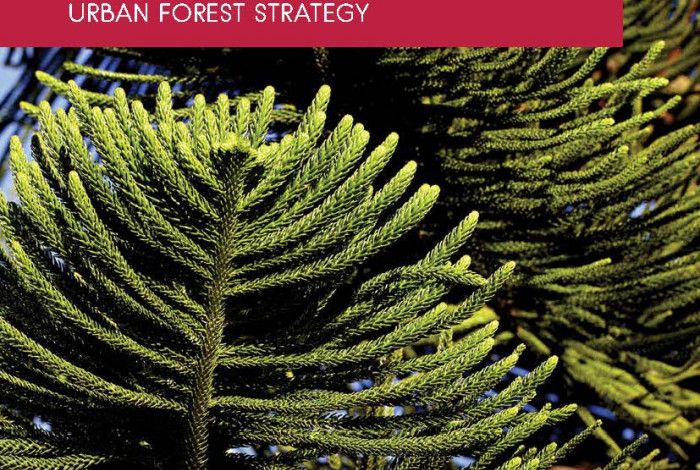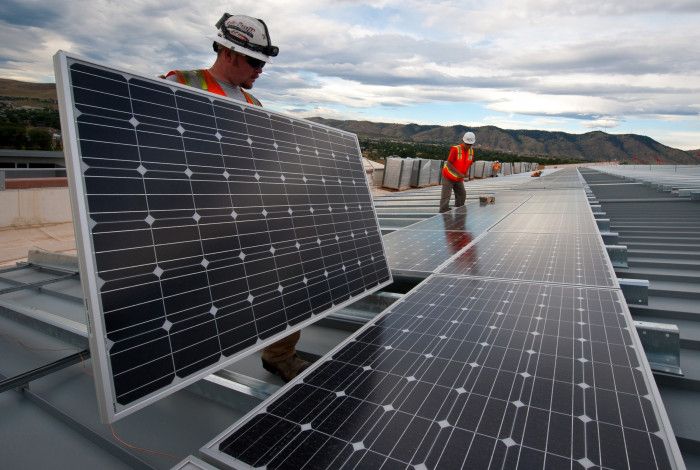
The City of Greater Dandenong's Urban Forest Strategy provides a holistic approach to delivering a healthy, green and resilient urban forest.
Climate Change is already impacting our municipality through increased average daily temperatures, less rainfall and increased intensity of storm and fire events. On 28 January 2020, Greater Dandenong Council declared a 'Climate and Ecological Emergency' committing Council to emergency action on Climate Change. The urban forest plays a significant role in mitigating against climate change by cooling our urban environment.
The City of Greater Dandenong is the most disadvantaged municipality in metropolitan Melbourne. Our vulnerability is further compounded by a very low canopy cover of 9 per cent, this is the lowest of all metropolitan Melbourne municipalities on the eastern side of Melbourne. Vulnerable people, such as the elderly, children, people with pre-existing medical conditions and disabilities and those from low socio-economic backgrounds are at an even greater risk to extreme heat events and a changing climate.
The City of Greater Dandenong's Urban Forest Strategy is the overarching document to:
- Greening Our City - Urban Tree Strategy 2018-28 which considers the current status, issues and opportunities for Council managed trees; and
- Greening Our Neighbourhoods 2021-28 which considers the current issues and opportunities for trees on privately owned land.
The Urban Forest Strategy (UFS) has a set vision for:
A healthy, green and resilient urban forest that is well managed, protected and provides benefits to the community.
The key objectives that Council aims to work towards are:
- Provide a framework for managing the urban forest
- Improve Greater Dandenong's resiliency to climate change
- Cooling through greening our city
- Improve the health of our community
- Engage and educate our community about the importance of trees
By strategically planting more trees in locations of greatest need and advocating for greater quality landscaping, and canopy trees on privately-owned land, Council aims to have increased its canopy cover to 15 per cent by 2028.
2023 Canopy Cover Update
Greater Dandenong’s urban forest strategies commit Council to measuring canopy cover every two years.
Greater Dandenong’s canopy cover has increased to 14.1 per cent and is currently on track to reach the targeted 15 per cent as a baseline in 2028.
This increase is a result of the significant efforts and dedication of various Council teams and the community. Council spent approximately $9 million on the planting of 20,000 semi-mature trees over the last ten years. In recent years, generous rainfall during key growth periods has also contributed to the increase in canopy cover.
Council will continue its planting program with new street and park trees, tube stock and regenerative planting. Community planting days including the National Tree Planting Day and the One Tree Per Child initiative will also return for 2024.
Canopy cover will continue to be monitored to the target date in 2028. Council will aim for a consistent increase over time until 15 per cent is achieved, particularly in dry years. Continuing to grow Greater Dandenong’s canopy in hot and dry conditions is vitally important to the wellbeing of the Greater Dandenong community.
For more information, contact Council's Strategic Planning team.




